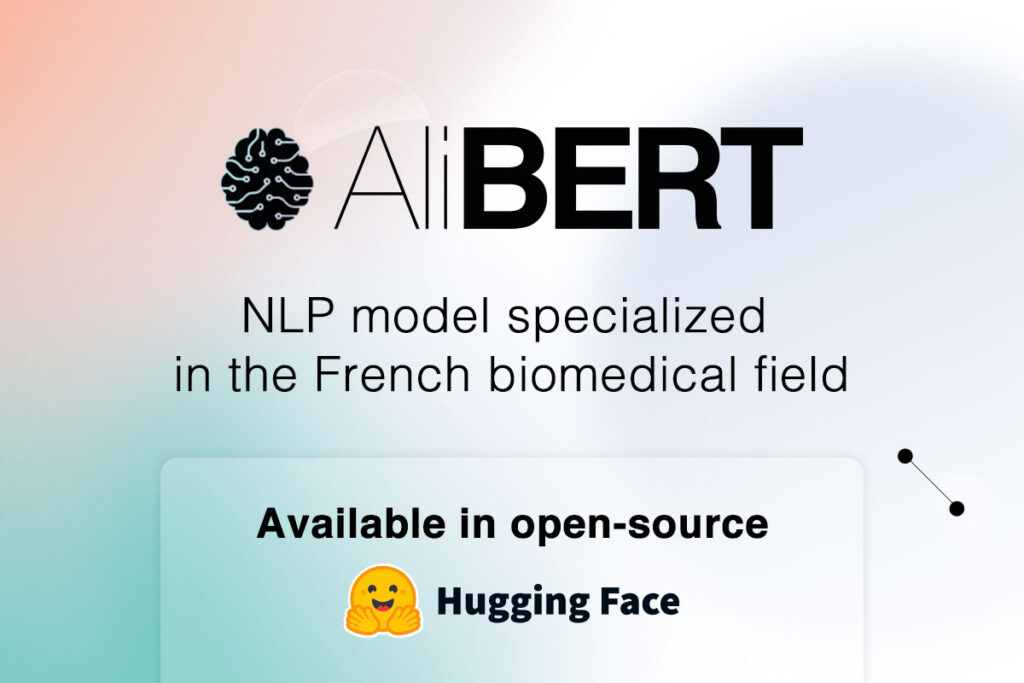All similar, yet so different: the end of averaging
Following Part 1: Know thyself
2) All different and yet so similar – the end of “averaging”
We are all different from one other. “Each patient is unique” as doctors often say.
Each of us is indeed a unique combination of a multitude of genetic, biological, cognitive and behavioral characteristics. Of course, we share some mutual traits.
“On average”, we all have two eyes and two ears, a nose and a mouth, two arms and two legs, and all the other characteristics that define our species. Men have their own characteristics, as do women. One ethnic group will be globally different from another according to various criteria.
All this brings us back to the rather naive set theory, which unfortunately is not very popular in the context of the exploitation of medical data.
Let us take as an example the risk factors for cardiovascular accidents. Age, high blood pressure, diabetes, smoking, dyslipidemia, overweight, sedentary lifestyle and stress are now recognized as “cumulative” risk factors for cardiovascular events. In other words, an acccumulation of these risk factors induces a greater risk of having a cardiovascular event. This is the reason why about 1 billion people worldwide are on statin drugs, in order to stay within the “normal” limits of cholesterol, and more specifically of LDL (the “bad” cholesterol).
Incidentally, let’s note the existence of multiple controversies regarding these statins, whose effectiveness – according to their detractors – has not been proven. And even if it had been proven, would it have been reasonable to think that this efficiency was the same for everyone?
Let’s note in passing the existence of multiple controversies about these statins, whose effectiveness – according to their detractors – has not been proven. And even if it had been proven, would it have been reasonable to think that this efficacy was the same for everyone?
Obviously not, as a recent publication seems to demonstrate (Sanja Stankovic, Milika Asanin, Nada Majkic-Singh “The pharmacogenetics of cardiovascular drugs”, J Med Biochem 2014; 33 (1)).
Yet it is by reasoning in this manner that medical research and the pharmaceutical industry made progress in the last century.
Let’s dwell on the example of our cardiovascular risk factors. These were identified in the “Framingham” cohort, which began in 1948. The initial aim of this cohort was to prospectively study a few thousand inhabitants of a small town in Massachusetts in the United States, with an extensive collection of health, environmental and behavioral data, in order to establish a link between genetics and cardiovascular risk factors.This cohort widely contributed to highlighting the risk factors as we know them, notably by describing the effects of smoking on the occurrence of cardiovascular diseases as early as 1960. It is estimated that the data from this cohort have made it possible to propose preventive measures that have decreased mortality from cardiovascular disease by half. These major advances are the result of global analyses of data which were accumulated in these cohorts. These analyses made it possible to “rough out” the risk factors, which were then subjected to massive prevention campaigns.
Nowadays, it is necessary to use less global and more targeted approaches in order to effectively pursue these prevention campaigns. Indeed, it is necessary to identify the multiple profiles of patients whose tolerance to this or that risk factor will more or less major depending on other factors, in order to offer the most effective preventive and curative solutions to each of these profiles.
Is it not the essence of medical practice itself to constantly try to find a compromise between generally accepted medical knowledge and the particular cases that are constituted by the patients?
The technical and scientific skills of a physician are most effective when combined with an ability to listen and to empathize, which often goes hand in hand with a sense of intuition. The doctor is the one who knows perfectly well the rules according to which a diagnosis is made and a specific treatment is prescribed and administered. He is also the one who sometimes knows how to distance himself from these rules, when he observes their limits. It is indeed from medical practice itself that intuitions and hypotheses stem, giving rise medical research programs.
What if this hypothetico-deductive method, which is the real driving force of progress in medical science, and which generates massive amounts of data of all kinds, was suddenly “doped” and accelerated by these data? What if the data generated by the various biomedical research teams and pharmaceutical laboratories, with an aim to verify hypotheses – most often empirical ones – were systematically and thoroughly exploited to generate new hypotheses?
Find out more in the next episode: Big Data: a new therapeutic option? Part 3: Data as raw material










